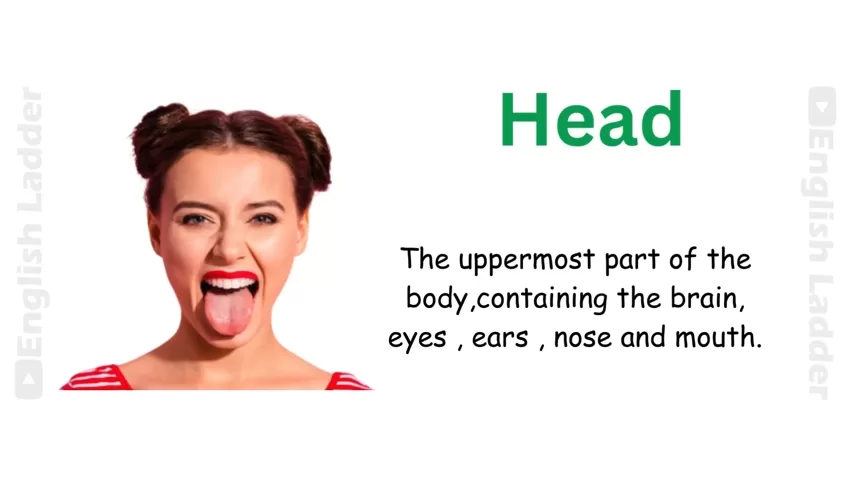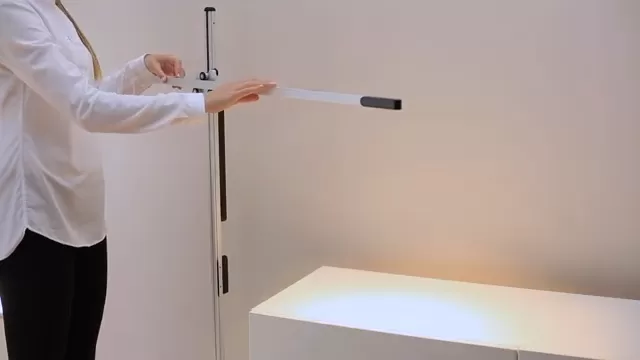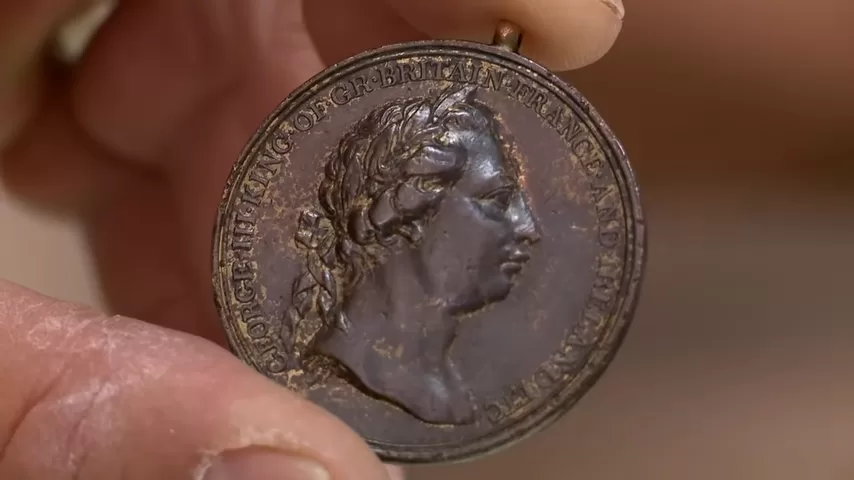The human body is a fascinating and complex system composed of various parts, each with unique functions. Understanding the different body parts is essential for learning anatomy and expanding English vocabulary. Below is a comprehensive guide to 60+ human body parts, along with their descriptions.
Head and Face Part
- Head – The uppermost part of the body that contains the brain, eyes, ears, nose, and mouth.
- Skull – The bony structure that protects the brain.
- Scalp – The skin covering the top of the skull.
- Hair – Threadlike strands that grow from the scalp.
- Brain – The organ inside the skull responsible for thought, memory, and body control.
- Face – The front part of the head that includes the eyes, nose, and mouth.
- Forehead – The upper part of the face above the eyebrows.
- Eye – The organ responsible for vision.
- Eyebrow – A line of hair above the eye that protects it from sweat.
- Eyelid – The skin covering the eye that helps protect and moisten it.
- Eyelash – Small hairs growing along the edges of the eyelids.
- Ear – The organ used for hearing and maintaining balance.
- Nose – The organ responsible for smelling and breathing.
- Mouth – The opening in the face used for eating and speaking.
- Lips – The soft, fleshy edges of the mouth.
- Tooth – The hard structures in the mouth used for chewing food.
- Tongue – The muscular organ in the mouth used for tasting and speaking.
- Chin – The lower part of the face below the mouth.
- Cheek – The sides of the face below the eyes.
- Jaw – The bone structure that supports the teeth and allows movement for chewing.
- Beard – Hair that grows on the lower face, primarily in men.
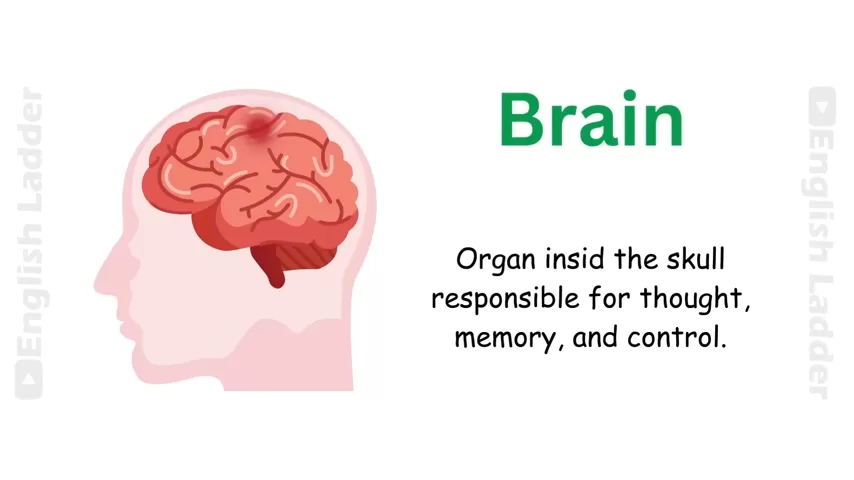
Neck and Upper Body Parts
- Neck – The structure that connects the head to the torso.
- Nape – The back of the neck.
- Shoulder – The joint connecting the arm to the torso.
- Armpit – The area under the shoulder where the arm meets the body.
- Chest – The upper front part of the torso containing the ribs, heart, and lungs.
- Breast – The front part of the chest, especially prominent in women.
- Abdomen – The area between the chest and pelvis.
- Navel (Belly Button) – The small scar in the middle of the abdomen where the umbilical cord was attached.
- Waist – The narrowest part of the torso between the ribs and hips.

Back and Lower Body Parts
- Back – The rear side of the torso.
- Buttocks – The fleshy parts forming the back of the hips.
- Thigh – The upper part of the leg between the hip and knee.
- Knee – The joint that connects the thigh and the lower leg.
- Shin – The front part of the lower leg.
- Calf – The back part of the lower leg.
- Ankle – The joint that connects the foot to the leg.
- Foot – The lower part of the leg that allows movement and walking.
- Heel – The back part of the foot.
- Sole – The bottom part of the foot.
- Toe – The digits of the foot.
- Toenail – The hard covering at the tip of the toe.

Arm and Hand Parts
- Arm – The limb extending from the shoulder to the hand.
- Elbow – The joint between the upper arm and the forearm.
- Forearm – The part of the arm between the elbow and wrist.
- Wrist – The joint that connects the hand to the forearm.
- Hand – The part of the arm used for grasping and manipulating objects.
- Palm – The inner surface of the hand.
- Finger – The digits of the hand.
- Thumb – The short, thick digit of the hand.
- Index Finger – The second digit of the hand, used for pointing.
- Middle Finger – The third digit of the hand.
- Ring Finger – The fourth digit of the hand, often used for wearing rings.
- Little Finger (Pinky) – The smallest digit of the hand.
- Knuckle – The joint of a finger.
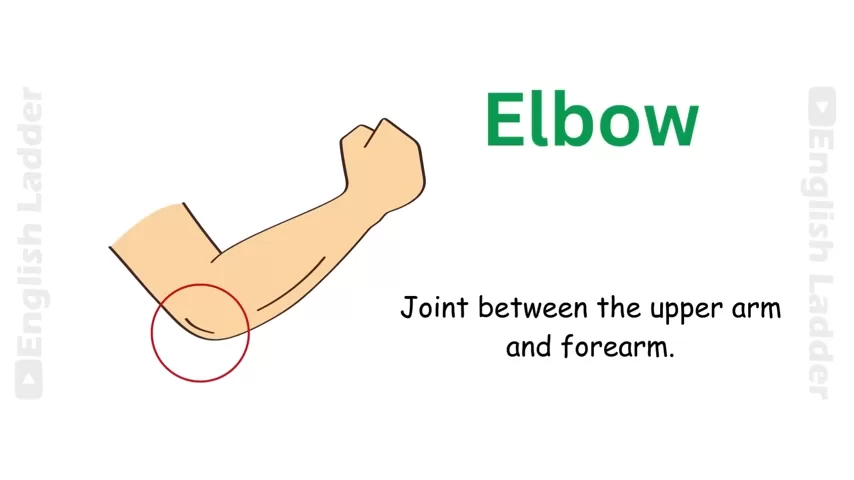
Reproductive Body Parts
- Penis – The male external organ used for reproduction and urination.
- Vulva – The external female genitalia, including the labia and clitoris.
This guide provides a fundamental understanding of human anatomy while expanding English vocabulary with clear definitions. Understanding these body parts is crucial for communication, education, and medical discussions.
